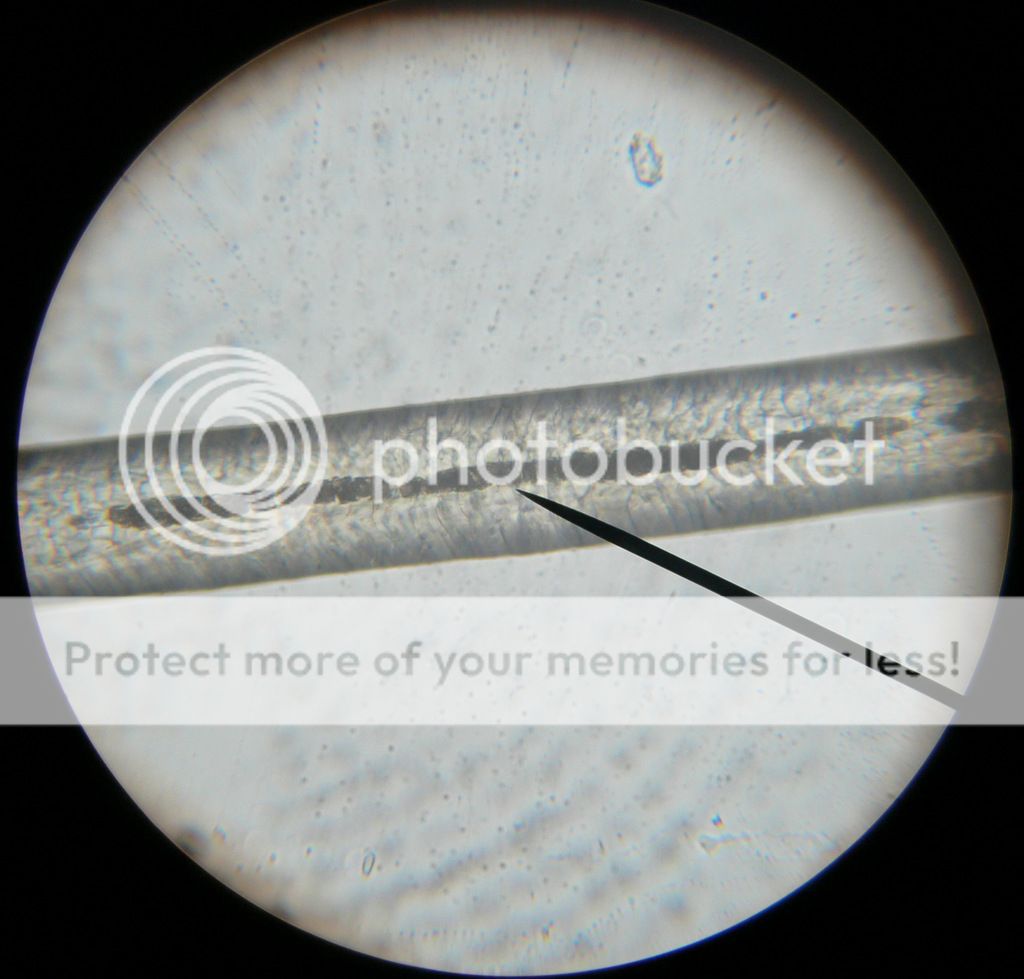OK, so I'm learning all the time
For me one of the things that seriously holds some knives back is the type of edge bevel, particularly on flat ground blades.... I suspect this type of edge has become common due to the ease with which a manufacturer can put a basic edge on a knife. In most cases it is an insurance policy too, leave the edge obtuse and you won't get too many returns....
I've got several hand made fixed blades which have full convex or scandi edges and they perform so well.
Sooo, as my sharpening skills improved I'd been toyng with the idea of working the bevel off on a traditional knife. Yesterday I took the plunge and went to work on my Schatt and Morgan Jack....
WARNING, scratched mirror finish!! WARNING

I figured this knife would be a good candidate, both blades are 3mm thick, ATS-34 stock so they come with quite steep flat grinds (I'd caution about doing this on a thinner blade as you risk leaving too little behind the edge). I use the mousemat sharpening method so simply laid the blade flat on the wet and dry paper (400grit to start) and worked on both sides until a burr appeared. I then worked up to 1200 before stropping. As you can see the give in the mousemat, together with the grind angle means a convex bevel has been formed but shallower and without such a shoulder transition.
Now this knife works well! I've been whittling all day, no worries, just a strop to bring it back.
To me this would be where an older knife gets to eventually with hand sharpening anyway. I'll strop out the scratches..., maybe
Thought I'd share and get people's thoughts on bevels. Anyone else played...?
Enjoy the last of the weekend
Sam
For me one of the things that seriously holds some knives back is the type of edge bevel, particularly on flat ground blades.... I suspect this type of edge has become common due to the ease with which a manufacturer can put a basic edge on a knife. In most cases it is an insurance policy too, leave the edge obtuse and you won't get too many returns....
I've got several hand made fixed blades which have full convex or scandi edges and they perform so well.
Sooo, as my sharpening skills improved I'd been toyng with the idea of working the bevel off on a traditional knife. Yesterday I took the plunge and went to work on my Schatt and Morgan Jack....
WARNING, scratched mirror finish!! WARNING

I figured this knife would be a good candidate, both blades are 3mm thick, ATS-34 stock so they come with quite steep flat grinds (I'd caution about doing this on a thinner blade as you risk leaving too little behind the edge). I use the mousemat sharpening method so simply laid the blade flat on the wet and dry paper (400grit to start) and worked on both sides until a burr appeared. I then worked up to 1200 before stropping. As you can see the give in the mousemat, together with the grind angle means a convex bevel has been formed but shallower and without such a shoulder transition.
Now this knife works well! I've been whittling all day, no worries, just a strop to bring it back.
To me this would be where an older knife gets to eventually with hand sharpening anyway. I'll strop out the scratches..., maybe
Thought I'd share and get people's thoughts on bevels. Anyone else played...?
Enjoy the last of the weekend
Sam
Last edited:







